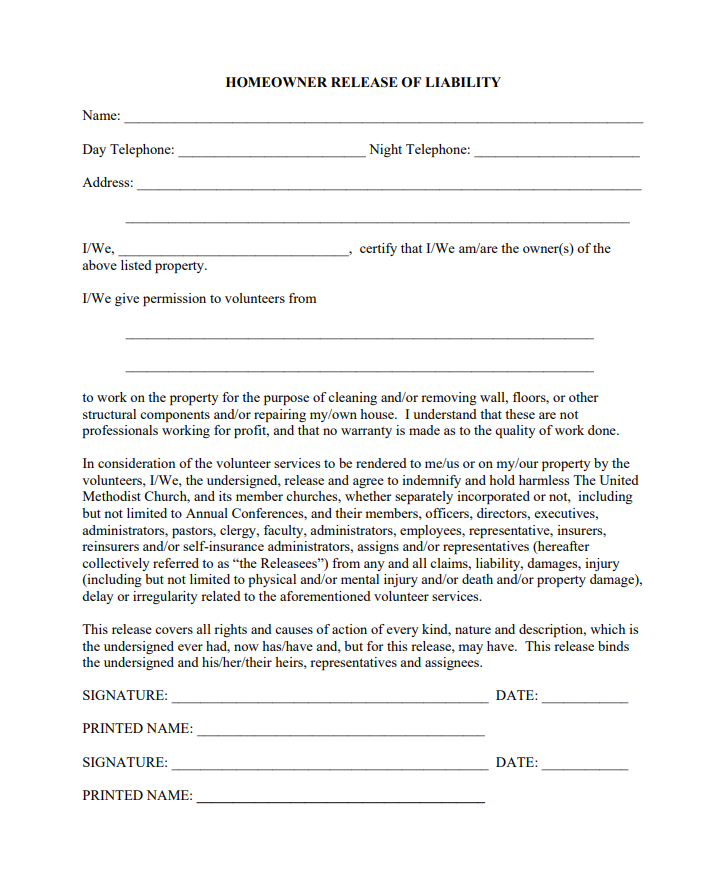A release of liability commonly referred to as a waiver of credibility, is a release form, an obligation release form, a presumption of a risk form, a hold harmless agreement, a legal release, or a legal document between two parties.
Simply put, it is an agreement that if a person or business is involved in a risky activity, they should not be sued, which is some injury or subject to some damage.
What are the risks of not using liability release?
Without going for a release of liability, you can open yourself or your business to have a freely moving body without external pressure.
While you can spend on upfront costs to create, promote and sign a release of liability, by doing so, you will protect yourself and your business from legal battles and legal fees litigation shortly.
While the release of liability provides you with a potential layer of protection, it does not protect you. Instead, it is the customer’s responsibility to prove that they do not warn about the degree of probability and risk.
The issuance of liability also indicates that they would like to participate in a potentially risky endeavor. That is why you should include all types of damage in your LOL terms.
Legal forms related to release of liability
- Hold harmless agreement: is usually a clause in a legal document that determines an organization or individual not legally liable for injuries or damages that may occur to the person signing the document.
- Photo Release Form: gives an organization the right to use a person’s likeness in photography.
- Model Release Form: gives a photographer the right to use the model’s likeness in their photography.
- Waiver: waives a person’s claim against a person or organization for participating in any agreed-upon activity.
What should be included?
A simple release of liability form should usually contain the following basics:
- Who promises not to take any legal action against any other part
- What amount of money will be given in exchange for the promise
- When the document is in effect, it usually precedes the activity
- How neither party accepts that they have acted wrongly by signing the waiver
The waiver form can address events that have occurred in the past or may happen in the future, given the activity’s inherent risk.
For your convenience, here is a template of the release liability form, and you can download it here. If you need a template of any other type of form, you can visit the LegalTemplates website.

More things the liability form should include
- Insurance: The person himself is responsible for medical, health, or life insurance
- Medical treatment: The person will not be prosecuted even if any medical treatment injures him during the incident.
- Amendment: Any changes to the document must be in writing
- No access: Signing the form does not mean that the party acknowledges wrongdoing
- Parent’s or Guardian’s Signature: A minor under 18 years of age is legally unable to sign the contract, and his or her parent or guardian must co-sign the agreement (although in some states,
- the parent or guardian Cannot waive the legal rights of a minor to sue. For negligence)
- Photographic release: Participant agrees that images or recordings may be used in connection with that program
- Due to Attorney: Everyone understands that they have a chance to consult a lawyer about the document and are otherwise voluntarily signing
- Critical: The rest of the paper is valid even if a part of the agreement is not there
- Witness or Notary: The signature of a third person who accepts the form was signed by both parties in the true sense is optional
